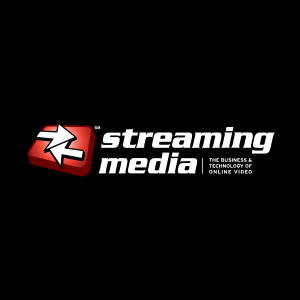
Comcast Netflix Agreement – What This Means for the Online Video Ecosystem
There has been considerable media attention given to the recent announcement of a commercial agreement between Comcast and Netflix to address Netflix OTT video traffic on Comcast’s network. One particularly good assessment of the deal was written by Dan Rayburn of Streaming Media. We think a succinct assessment of the deal and implications are in order in light of the considerable coverage this announcement received. Based on the Streamingmedia summary and discussions with others close to the deal, we’ve developed the following assessment to frame the event for members of the online video ecosystem.
First, let’s clear up some confusion. There has been a tendency by some journalists to associate this deal with other recent news such as the Time Warner acquisition, the QoE concerns for Netflix video on Comcast and finally, Net Neutrality. While the timing might suggest a causal relationship, we don’t think any of these recent events were driving the paid peering deal which has likely taken a year or more to close. In other words, this deal is not about Comcast trying to ensure their acquisition of Time Warner is approved. Further, this deal is not meant to reflect Comcast’s agenda in a post Net Neutrality world. Finally, this is most certainly not a premium payment from Netflix to ensure Comcast treats their traffic with more preference.
Progress toward the Future of Online Video
In short, we view this as a positive step of progress for the online video ecosystem. Specifically,
- Network Operators and Content Providers are working together to optimize their businesses
- This step is one of many necessary to scale online video for all consumers
- It’s clear that both network optimization and Quality of Experience (QoE) were key1 drivers
Inside The Deal
The announcement indicates Netflix has agreed to pay Comcast for streaming OTT video traffic via paid peering links to Comcast. This agreement likely replaces the paid transit links Netflix is using currently to reach Comcast’s network. There were not many details disclosed but, as noted by StreamingMedia and the Comcast announcement, the main points are
- Multi-year deal which reflects their mutual goal to scale online video
- Payment terms were not disclosed but we doubt this transforms the balance sheet of either company
- Comcast and Netflix will establish paid peering with each other at third party datacenters
- Netflix OpenConnect servers will not be deployed inside Comcast’s network
It is important to note that paid peering agreements have been used for years to establish traffic exchanges between network operators, content delivery networks and content providers. So, this type of agreement is not breaking new ground for the industry.
Much More Work to Do
Though this is a good step for the industry, it is just one step. Other operators will likely follow Comcast’s lead. Depending on their size and scale, they may establish similar commercial deals.
But our work is not finished. Paid peering agreements such as the one described above address only one part of the overall video transmission path – getting videos from the content provider into the eyeball network. The scaling problem in the eyeball network, the middle and last miles, has not yet been solved – this is where a new crucial element of the overall network architecture is missing.

This fundamental element, transparent caching of video at the subscriber edge, will offload 50% or more of streaming video from the network and simultaneously improve Quality of Experience. This new architecture is essential to the future in which we need to supply every household with multiple HD streams during peak usage.
The commercial deal, therefore, is necessary but not sufficient to scale networks for online video. It is, of course, important for network operators and content providers to reach agreement on business models and commercial terms. With that step completed, network operators can now turn their full attention to the architecture and technology needed for scale.
Online Video is a Strategic Problem – A New Architecture is Required
Consumer adoption of streaming video, both Live and On Demand, continues to accelerate. This presents a strategic problem to network operators around the world, who must simultaneously scale their networks for video and delivery high QoE. Increasingly, these operators are partnering with Qwilt to prepare their networks for the future. A future that is coming faster than anyone expected.
Ready to take the next step?
We have a team of content delivery experts ready to answer your questions.
Related resources

Press Release
Qwilt showcases Open Edge Cloud for Content Delivery achievements at NAB Show 2024

Blog
Amazon’s “Diamond” points to Open Caching for live sports streaming

Press Release
Turkcell partners with Qwilt and Cisco to boost content delivery from the network edge, enhancing digital streaming experiences across Türkiye

News




